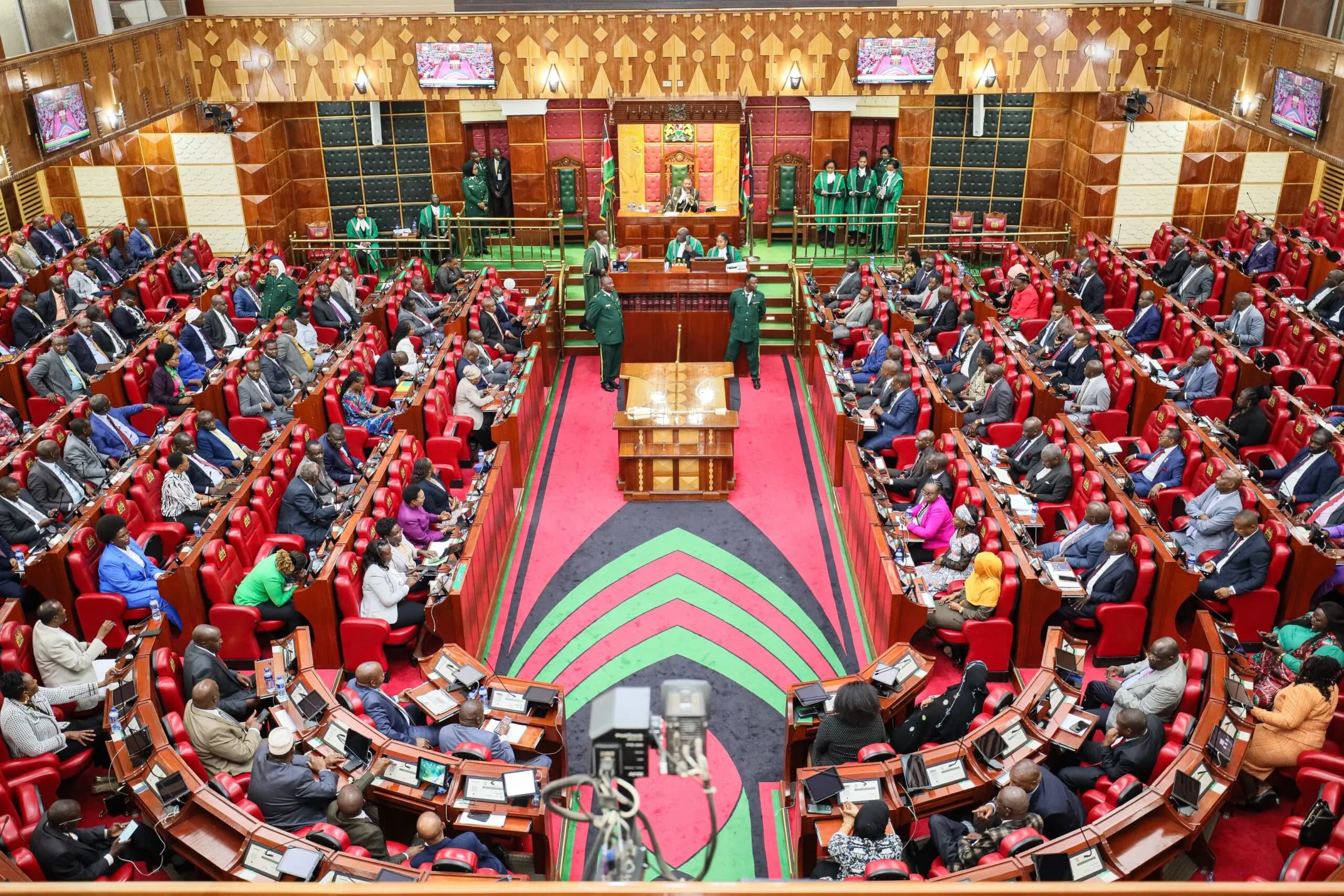Loading News Article...
We're loading the full news article for you. This includes the article content, images, author information, and related articles.
We're loading the full news article for you. This includes the article content, images, author information, and related articles.
Kenyan Members of Parliament have, for the second time, rejected a directive from the National Treasury mandating the exclusive use of the Electronic Government Procurement System (eGPS) for all public entities.

In a significant blow to the National Treasury's efforts to fully implement the Electronic Government Procurement System (eGPS), the National Assembly Committee on Implementation has recommended the annulment of two additional circulars related to its rollout. This follows an earlier decision by the House on Tuesday, August 19, 2025, to annul Circular No. 04 of 2025, dated August 12, 2025, issued by the Public Procurement Regulatory Authority (PPRA).
The committee, chaired by Ainabkoi MP Samuel Chepkonga, argued that the directives from the Treasury and the Head of Public Service contravene Article 227 of the Constitution and Section 77(1) of the Public Procurement and Asset Disposal Act, 2015 (PPADA). Section 77(1) of the PPADA permits both manual and electronic procurement methods, ensuring flexibility and efficiency.
The push for a fully digital procurement system stems from a directive by President William Ruto during his State of the Nation Address on November 21, 2024, where he instructed the Treasury to fully roll out eGPS by the first quarter of 2025. Treasury Cabinet Secretary John Mbadi officially launched the eGPS on Monday, April 7, 2025, at the Kenya School of Government, Kabete, highlighting it as a crucial step towards enhancing efficiency, accountability, and value for money in public funds.
The government's objective for the eGPS is to curb corruption, improve transparency, standardise procurement processes, and accelerate payments to suppliers. The World Bank's 2020 Public Expenditure Review suggested that Kenya could save over KES 85.9 billion annually, equivalent to 0.9% of GDP, by improving procurement efficiency through the e-GP platform.
The core of the dispute lies in the interpretation and application of existing laws. MPs contend that the Treasury's circulars attempt to introduce mandatory e-procurement without amending the primary legislation, the Public Procurement and Asset Disposal Act, 2015. Minority Leader Junet Mohammed emphasised that laws cannot be changed through circulars, asserting Parliament's exclusive role in lawmaking.
Furthermore, the High Court had already suspended the mandatory use of eGPS by all public entities and county governments, pending a petition filed by the Council of Governors (CoG) and other parties. This judicial intervention underscores the legal complexities surrounding the Treasury's directive.
The Council of Governors has consistently voiced strong opposition to the mandatory rollout, citing an abrupt implementation lacking adequate stakeholder consultations. Governors highlight significant capacity gaps within counties, including a lack of technical expertise and insufficient digital infrastructure, particularly in rural areas. They also warn that forcing migration to the digital platform could disrupt existing contracts and delay payments for pending bills.
Suppliers, especially Small and Medium Enterprises (SMEs), also face challenges. Many lack the technological capacity or reliable internet access to engage with the online platform, potentially leading to their exclusion from public tenders. The Public Procurement Regulatory Authority (PPRA) requires all suppliers to register on the e-GP Portal to participate in electronically enabled public procurement.
Despite the government's optimism, the adoption of e-procurement in Kenya has faced a slow pace. A 2014 study on challenges in Kenya's public sector indicated that 95% of respondents identified technology as a major hurdle. Issues such as inadequate legal frameworks, technological infrastructure, data security concerns, and employee competency have been cited as significant barriers to successful implementation.
The ongoing stalemate poses several risks. It could delay critical public projects for the financial year 2024/2025 if procurement processes remain in limbo. The lack of a unified and legally sound procurement system could also perpetuate inefficiencies and opportunities for corruption, undermining the very goals of the eGPS. Furthermore, the conflict highlights a broader tension between national control and county autonomy in governance.
Key questions remain regarding how the National Treasury plans to reconcile its digitisation agenda with parliamentary and judicial pronouncements. The extent to which stakeholder concerns, particularly from county governments and SMEs, will be addressed in future policy formulations is also unclear. The allocation of KES 700 million in the 2025/2026 budget towards the adoption of the eGPS for training and implementation further underscores the government's commitment, yet the legal and practical hurdles persist.
The coming weeks will be critical as the National Treasury navigates this legislative setback. All eyes will be on whether the Treasury will revise its approach to align with parliamentary and constitutional requirements, potentially through legislative amendments, or if the impasse will escalate further. The ongoing High Court petition by the Council of Governors also remains a key determinant of the eGPS's future.
Keep the conversation in one place—threads here stay linked to the story and in the forums.
Other hot threads
E-sports and Gaming Community in Kenya
Active 6 months ago
Popular Recreational Activities Across Counties
Active 6 months ago
The Role of Technology in Modern Agriculture (AgriTech)
Active 6 months ago
Investing in Youth Sports Development Programs
Active 6 months ago